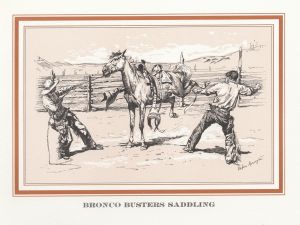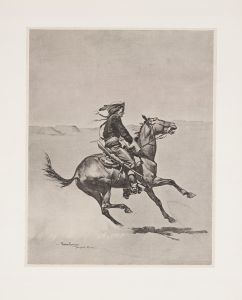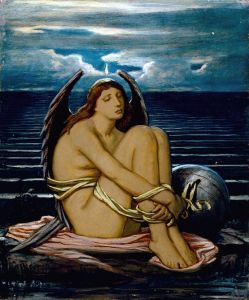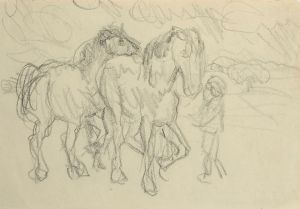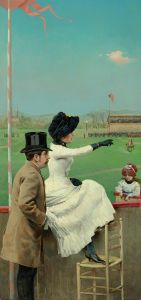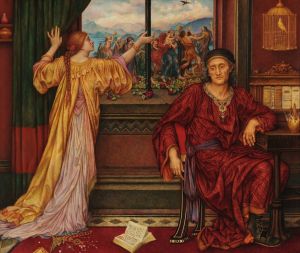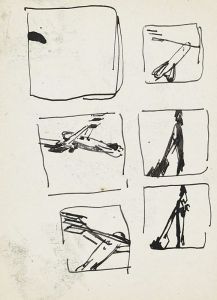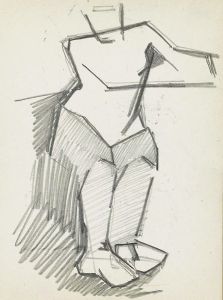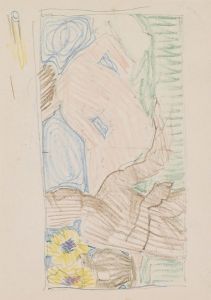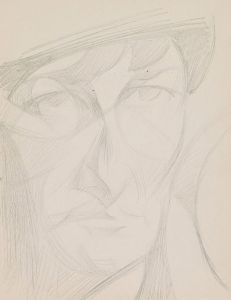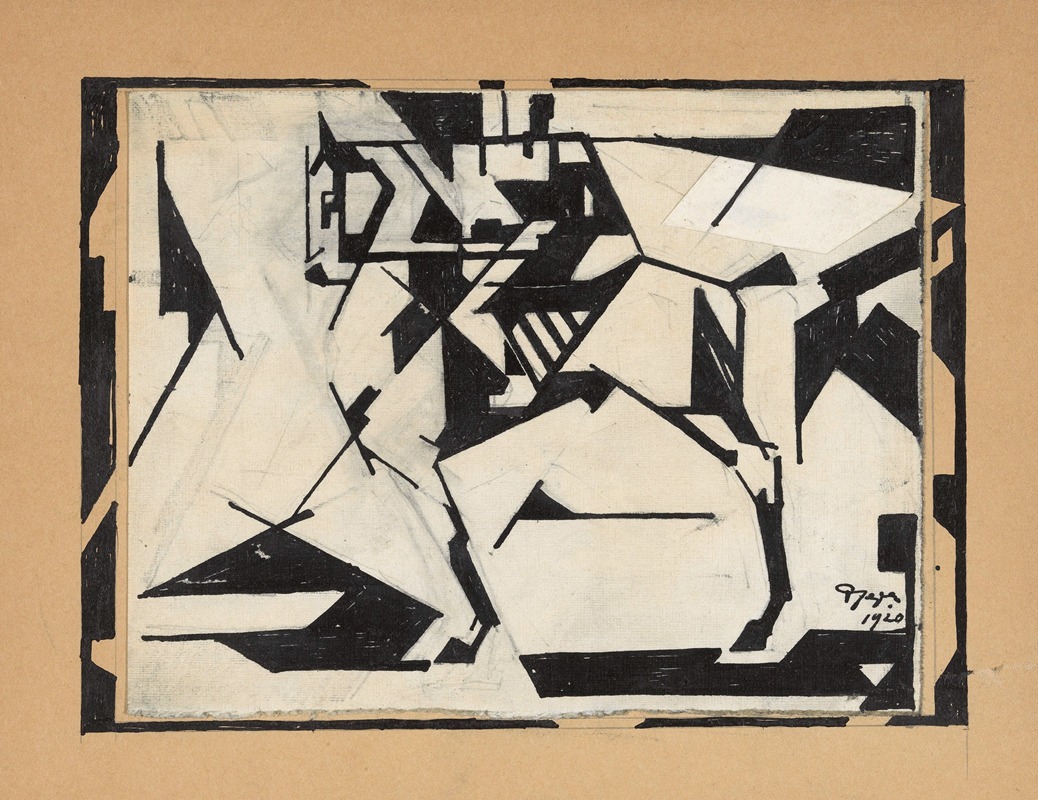
Ruiter
A hand-painted replica of Reijer Stolk’s masterpiece Ruiter, meticulously crafted by professional artists to capture the true essence of the original. Each piece is created with museum-quality canvas and rare mineral pigments, carefully painted by experienced artists with delicate brushstrokes and rich, layered colors to perfectly recreate the texture of the original artwork. Unlike machine-printed reproductions, this hand-painted version brings the painting to life, infused with the artist’s emotions and skill in every stroke. Whether for personal collection or home decoration, it instantly elevates the artistic atmosphere of any space.
Reijer Stolk (1896–1945) was a Dutch artist known for his contributions to graphic art and painting. His works often reflect the artistic movements and cultural contexts of early 20th-century Europe. One of his notable works is "Ruiter," which translates to "Rider" in English. This piece exemplifies Stolk's unique style and his ability to capture dynamic movement and emotion through his art.
"Ruiter" is a painting that showcases Stolk's skill in depicting figures and motion. The artwork features a rider, presumably on horseback, which is a common subject in art that symbolizes power, freedom, and nobility. Stolk's interpretation of this theme is distinctive, as he employs a combination of bold lines and a muted color palette to convey the essence of the rider and the movement of the horse. The composition is both striking and harmonious, demonstrating Stolk's mastery of form and his keen eye for detail.
Stolk's work was influenced by the broader trends in European art during the early 20th century, including Expressionism and Cubism. These movements sought to break away from traditional representations and explore new ways of seeing and interpreting the world. In "Ruiter," one can observe elements of these styles, particularly in the way Stolk abstracts the form of the horse and rider, focusing on geometric shapes and dynamic lines to create a sense of movement and energy.
The historical context of Stolk's work is also significant. The early 20th century was a period of great change and upheaval in Europe, marked by World War I and the subsequent shifts in political and social structures. Artists of this time were often engaged with these changes, using their work to comment on or reflect the world around them. While "Ruiter" does not explicitly address these themes, the choice of subject and style can be seen as a response to the broader cultural currents of the time.
Reijer Stolk's contribution to Dutch art is notable, as he was part of a generation of artists who were exploring new artistic expressions and pushing the boundaries of traditional art forms. His work, including "Ruiter," is characterized by a strong sense of individuality and a commitment to exploring the possibilities of visual art. Stolk's legacy is preserved through his paintings and graphic works, which continue to be appreciated for their artistic merit and historical significance.
"Ruiter" remains an important piece within Stolk's oeuvre, reflecting both his personal artistic journey and the broader trends of his time. It serves as a testament to his skill as an artist and his ability to capture the essence of movement and emotion in his work. Today, Stolk's paintings are held in various collections, and his contributions to the art world are recognized by scholars and enthusiasts alike.





